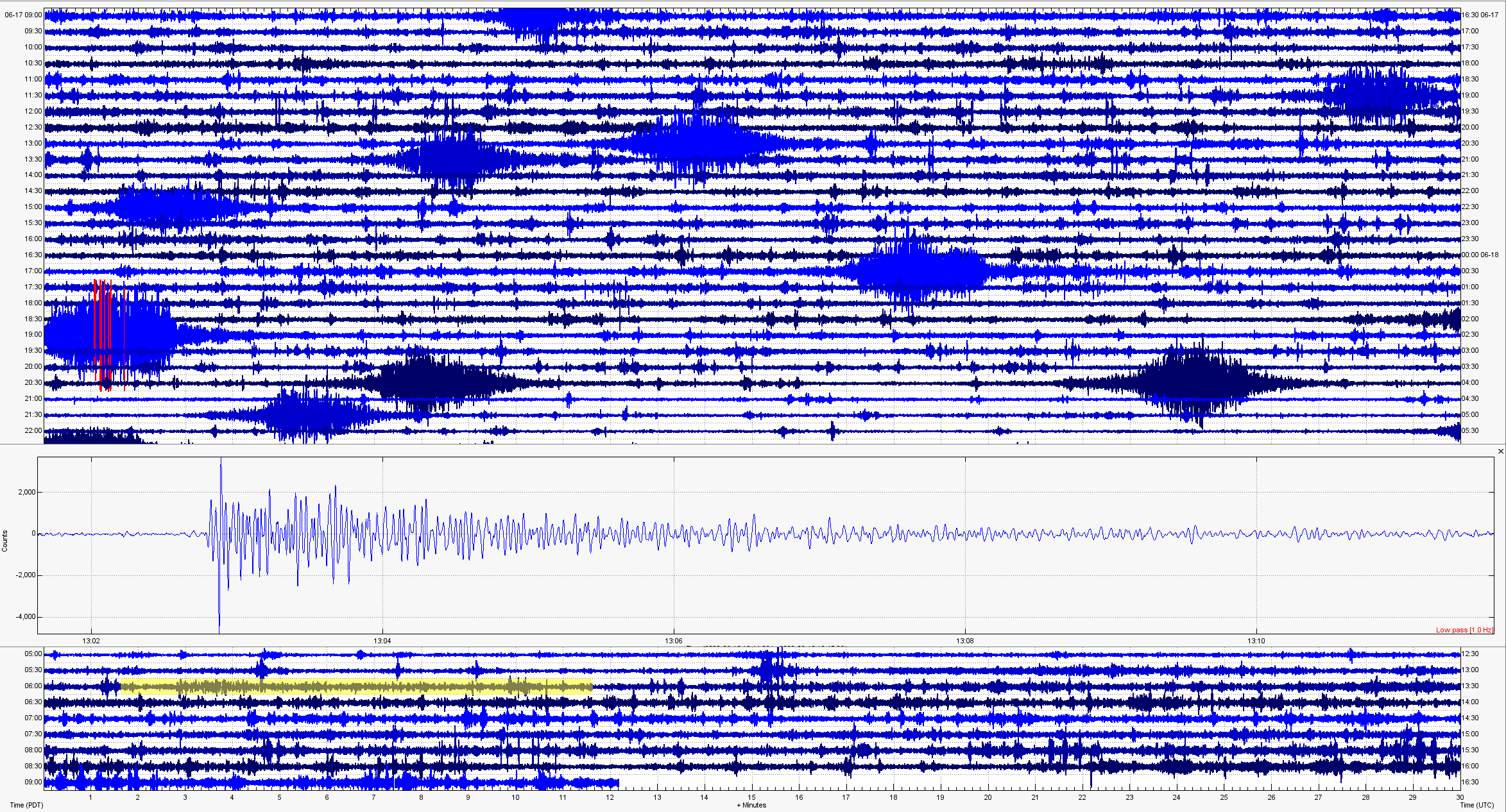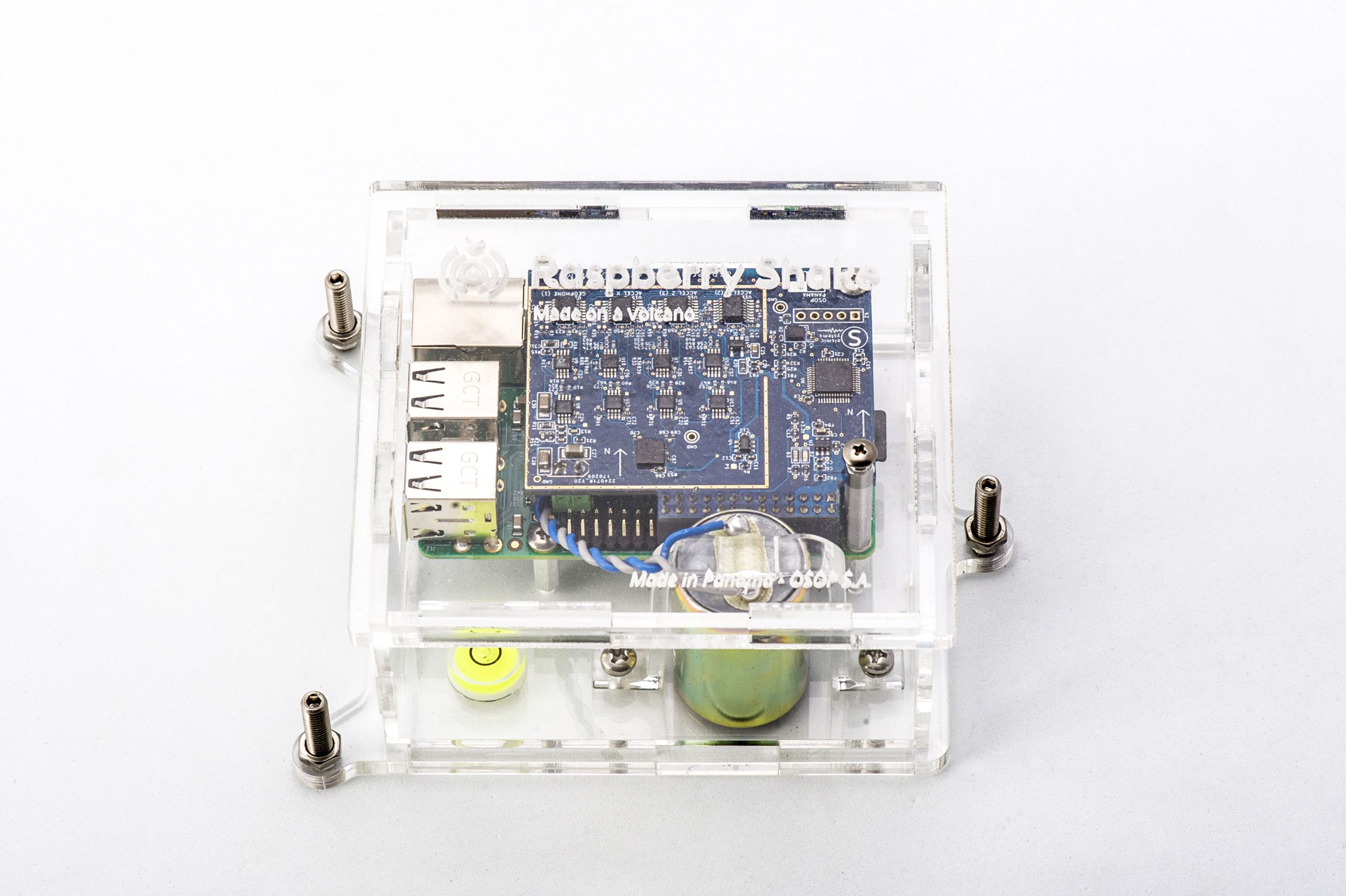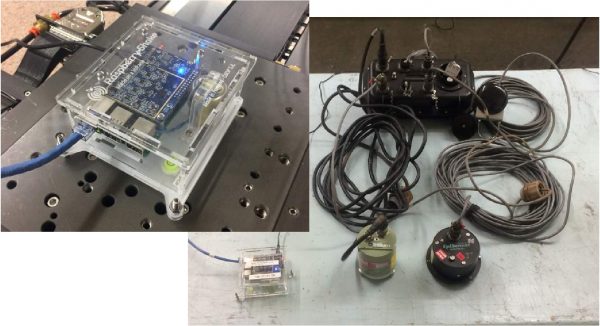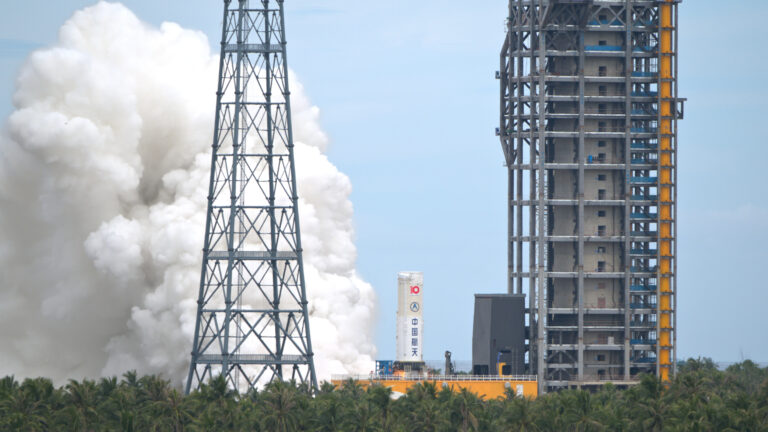“It’s the trains!” Ryan Hollister yelled to his wife Laura as he burst into their home in Turlock, California. For two weeks in 2017, they’d been staring at data from their newly installed Raspberry Shake, a Raspberry Pi-powered instrument that detects how the ground moves at a specific location. Expecting to see the tell-tale wiggles of distant earthquakes, they instead saw peculiar cigar-shaped waveforms at regular intervals. “The biggest challenge,” says Laura Hollister, “was the noise.”
“I thought it was the toilet flushing or the washing machine,” says Ryan Hollister, but simple tests of going to the restroom or doing the laundry proved him wrong. While stuck in his car watching a train rattle through Turlock, he realized the three tracks that criss-cross this small California town could be causing this mystery seismic noise. As soon as he got home, he pulled up the Raspberry Shake’s data. Sure enough, each weirdly intense caterpillar of seismic waves corresponded to a train, with the highest-amplitude waves correlating with the nearest track’s schedule, only a half mile from home.

It wasn’t the last time that their seismic listening device picked up signs of human activity. As COVID-19 engulfed our world, the Hollisters, a husband-wife team of Earth science educators, noticed that their Raspberry Shake registered much lower levels of activity than usual. The drop was pronounced at times when their street, a main artery to the local high school, should have been pulsing with teenagers.
That change was far from limited to Turlock. Thomas Lecocq, a seismologist who pays particular attention to Earth’s ubiquitous vibrations, discerned a marked decrease in high-frequency noise on a permanent seismic station under his purview at the Royal Observatory of Belgium. This peculiar hush was quieter and longer than the one he’d seen during the subdued days between Christmas and New Year and coincided with his country’s lockdown.




 Loading comments...
Loading comments...
